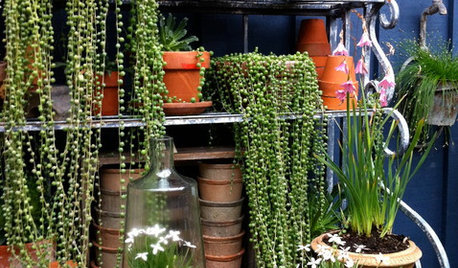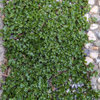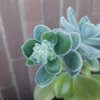Mealies on Pothos
osakawebbie
15 years ago
Related Stories

HOUSEPLANTSCascading Succulents Bring Fun Shapes to Your Indoor Garden
For eye-catching spillers with delicate beauty and minimal needs, it's hard to beat these 2 trailing houseplants
Full Story
CONTAINER GARDENSHappy Houseplants, Happy People
Potted plants add life and beauty to a room. Learn easy ways to keep them healthy
Full Story







rhizo_1 (North AL) zone 7
osakawebbieOriginal Author
Related Professionals
Camas Landscape Architects & Landscape Designers · Owings Mills Landscape Architects & Landscape Designers · Towson Landscape Architects & Landscape Designers · Brandon Landscape Contractors · Costa Mesa Landscape Contractors · Goodlettsville Landscape Contractors · Hampton Bays Landscape Contractors · Northport Landscape Contractors · Raleigh Landscape Contractors · Seymour Landscape Contractors · West Allis Landscape Contractors · West Orange Landscape Contractors · Wethersfield Landscape Contractors · Goldenrod Landscape Contractors · San Pablo Landscape Contractorsrhizo_1 (North AL) zone 7
osakawebbieOriginal Author
osakawebbieOriginal Author
rhizo_1 (North AL) zone 7
osakawebbieOriginal Author
osakawebbieOriginal Author
osakawebbieOriginal Author
osakawebbieOriginal Author
rhizo_1 (North AL) zone 7
osakawebbieOriginal Author
rhizo_1 (North AL) zone 7
osakawebbieOriginal Author
osakawebbieOriginal Author